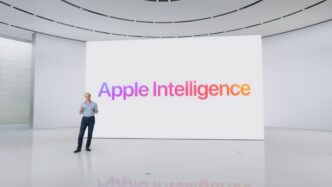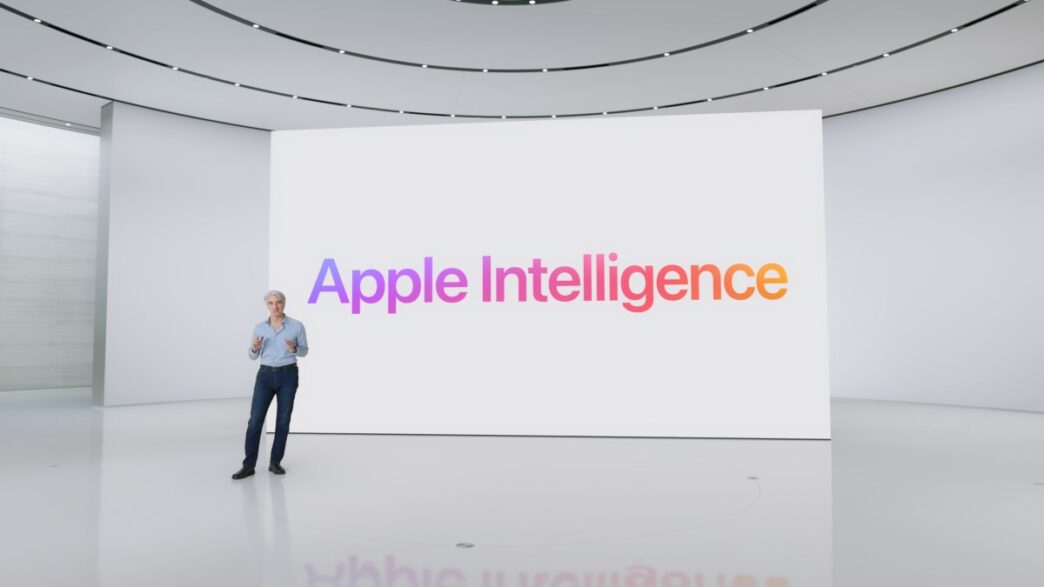Apple Intelligence is rolling out across iPhones, iPads, and Macs, embedding AI into core apps like Messages, Mail, and Notes. Launched in October 2024, it’s Apple’s answer to Google, OpenAI, and Anthropic in the AI race.
Apple calls it “AI for the rest of us,” with text and image generation baked into everyday features. The AI powers Writing Tools for proofreading, summaries, and message drafting, plus Genmoji custom emojis and Image Playground for image generation. Siri finally gets a major upgrade, working across apps and using context to act smarter.
Ahead of WWDC 2025, Apple promised a more personalized Siri but delayed the update. Craig Federighi explained:
“As we’ve shared, we’re continuing our work to deliver the features that make Siri even more personal,” said Apple SVP of Software Engineering Craig Federighi at WWDC 2025. “This work needed more time to reach our high-quality bar, and we look forward to sharing more about it in the coming year.”
The next Siri version aims to understand “personal context” like relationships and routines but, per Bloomberg, is stalled due to error issues.
New at WWDC 2025: Visual Intelligence for image searches on the fly and Live Translation for Messages, FaceTime, and Phone — both coming with iOS 26 later this year.
The first Apple Intelligence wave dropped via iOS 18.1, iPadOS 18.1, and macOS Sequoia 15.1, adding integrated AI tools. iOS 18.2 and macOS 15.2 followed with Genmoji, Image Playground, Visual Intelligence, Image Wand, and ChatGPT integration.
This AI is free but limited to newer hardware: all iPhone 16 models, iPhone 15 Pro and Pro Max (thanks to A17 Pro chips), M1+ iPads and Macs, and higher-end Mac Studio and Mac Pro units.
Apple’s AI runs partly on-device, avoiding heavy internet dependence. For tougher requests, it taps a Private Cloud Compute with Apple Silicon servers to keep user privacy intact.
Apple also leaned on OpenAI, not as the backbone of Apple Intelligence but as a backup for capabilities its native AI doesn’t cover. ChatGPT works alongside the new Siri and Writing Tools, letting users “ask ChatGPT” or approve Siri’s access on certain questions like travel and recipes.
Apple confirmed more AI partnerships are coming, with Google Gemini likely next.
Developers got a boost at WWDC 2025 with the Foundation Models framework, letting them build AI features offline using Apple’s models. Federighi said:
“For example, if you’re getting ready for an exam, an app like Kahoot can create a personalized quiz from your notes to make studying more engaging,” Federighi said at WWDC. “And because it happens using on-device models, this happens without cloud API costs […] We couldn’t be more excited about how developers can build on Apple intelligence to bring you new experiences that are smart, available when you’re offline, and that protect your privacy.”














